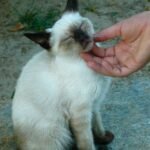Some cats are perfectly content lounging solo for hours, barely lifting their heads when you return home. Then there are the others – the ones who turn your absence into an opportunity for interior redesign (the destructive kind). These clingy felines don’t just miss you when you’re gone; they stage elaborate protests that can leave your home looking like a crime scene.
Destructive behavior was the most frequently reported behavior (66.67%, 20 / 30), followed by excessive vocalization (63.33%, 19 / 30), urination in inappropriate places (60.00%, 18 / 30) among cats suffering from separation-related problems. The reality is that certain breeds have been specifically developed to form intense bonds with their humans, making solitude feel like abandonment. Understanding which breeds are prone to these dramatic farewells can save both your sanity and your furniture.
Siamese Cats
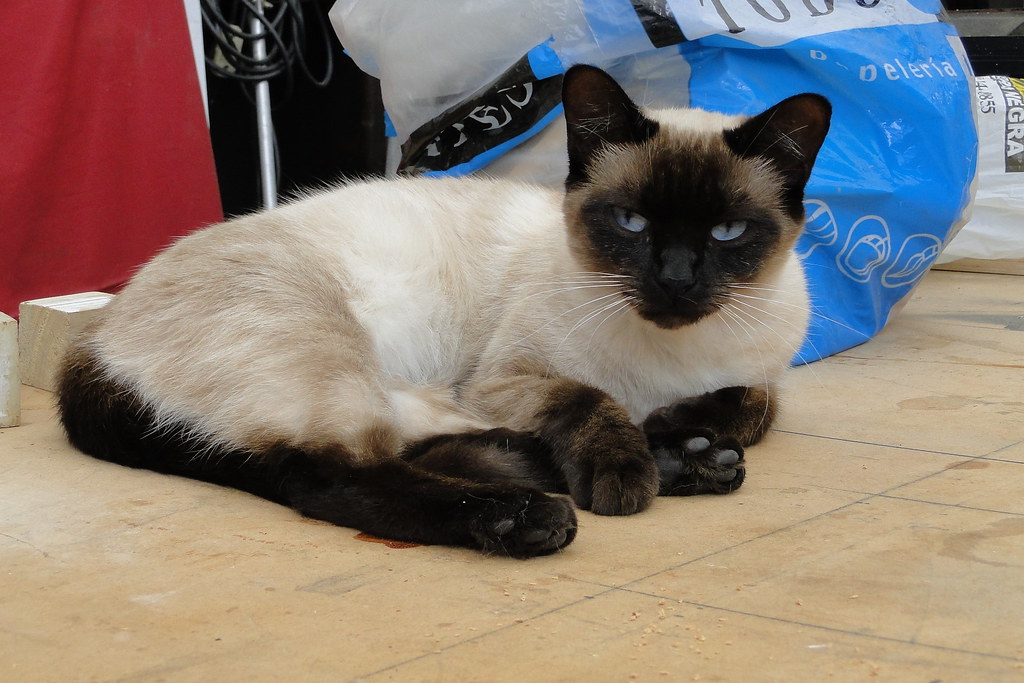
These vocal virtuosos have earned their reputation as one of the most demanding breeds when it comes to human companionship. Siamese, Burmese, and Tonkinese cats seem to have a high risk for the condition of separation anxiety, and Siamese cats lead the pack with their dramatic protests.
When left alone, Siamese cats don’t suffer in silence – they make sure the entire neighborhood knows about their displeasure. Fail to provide them with the attention they seek, and your Siamese will turn to destructive behaviour, such as knocking things down, scratching furniture, or urinating all over your home. Their intelligence works against them here, as they can devise increasingly creative ways to express their frustration, from opening cabinets to shredding important papers.
Bengal Cats
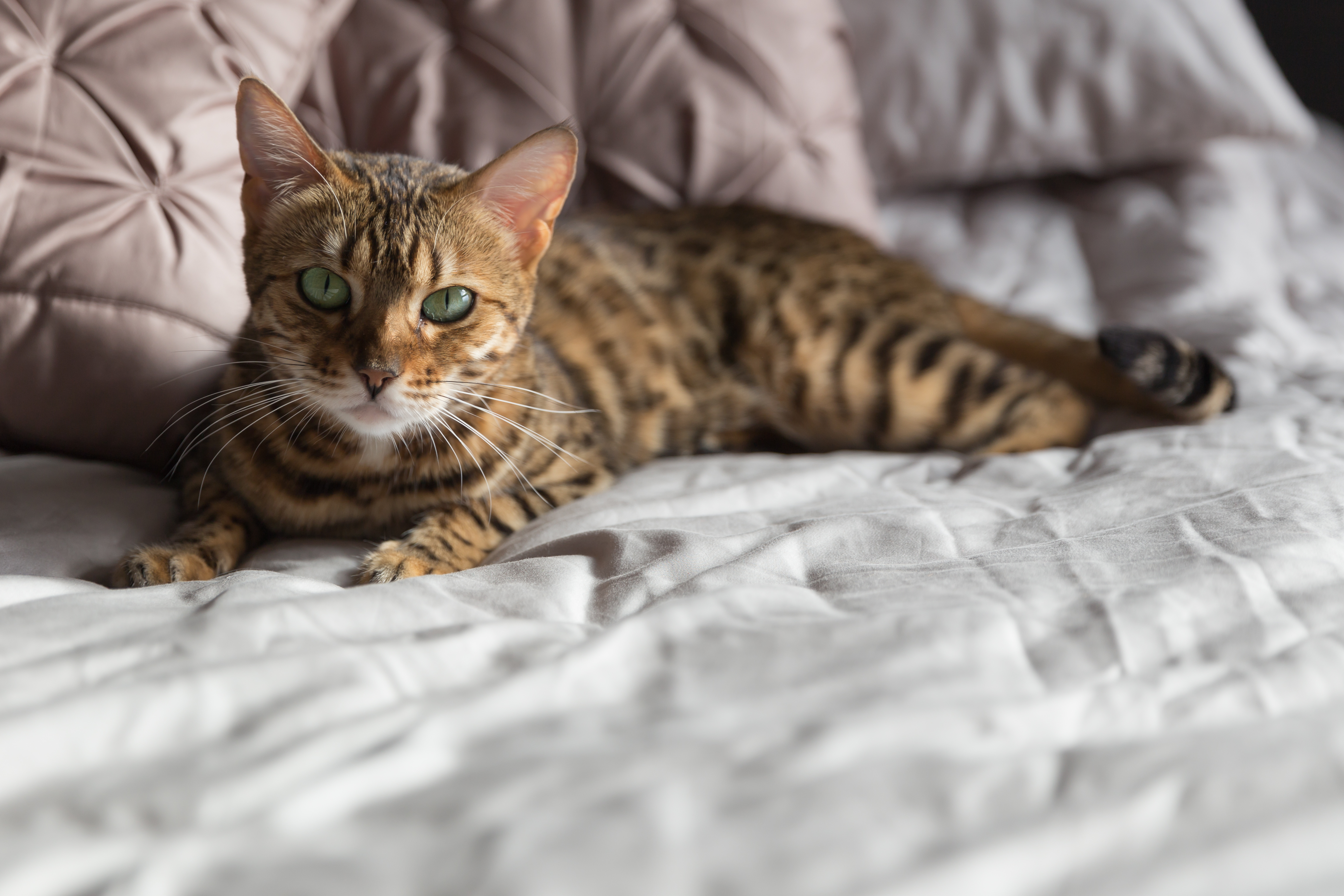
These felines form strong bonds with their humans and are more prone to loneliness than many other cat breeds. With their wild heritage comes an intensity that doesn’t mesh well with being ignored or left alone for extended periods.
Bengals also get bored quickly. If you leave them alone all day without enough stimulation, you could be in for a surprise when you get back. When Bengals have nothing to do, they scratch furniture, knock over decorations, chew on shoes and cushions, and wreak all sorts of havoc. Their athletic abilities mean they can reach places other cats can’t, turning every shelf and countertop into potential targets for their anxiety-driven destruction.
Maine Coon
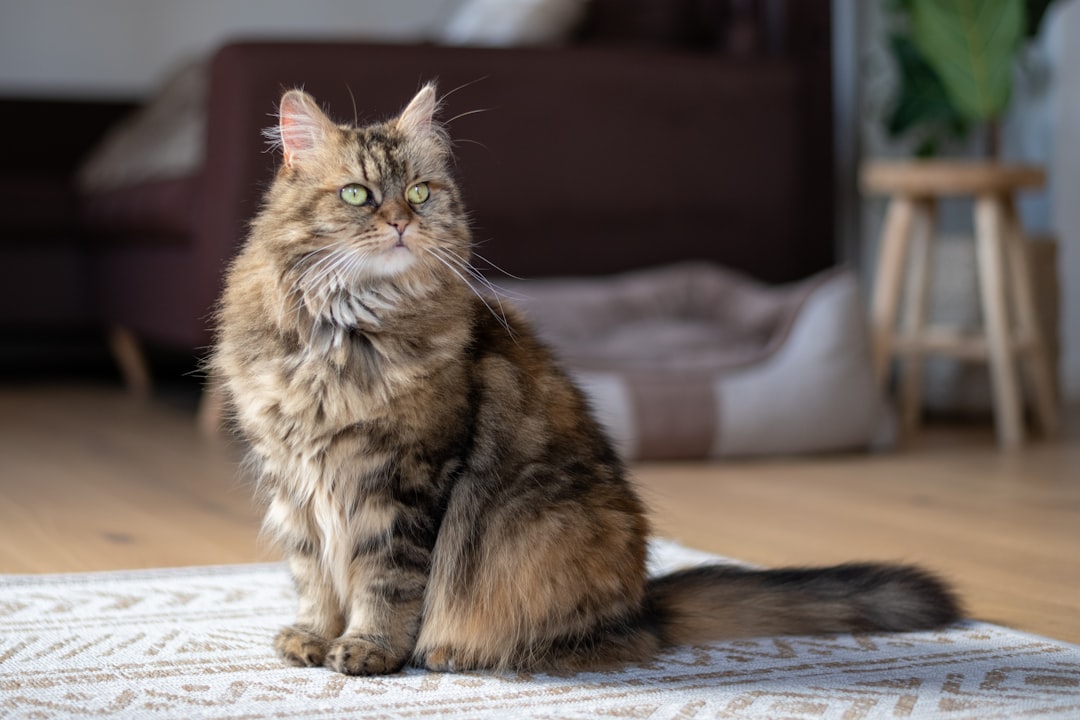
Incredibly popular as an extremely outgoing and affectionate large long-haired breed, the Maine coon loves being the center of attention. They’re considered one of the most affectionate cat breeds. Many guardians describe these big kitties as dog-like in their friendliness, which explains their struggle with solitude.
They typically don’t do well with extended alone time and can become destructive without consistent social, physical, and mental enrichment. Their size means that when they act out, the damage can be proportionally impressive. A distressed Maine Coon can knock over large items, scratch extensive areas of furniture, and create chaos that smaller cats simply couldn’t manage.
Tonkinese
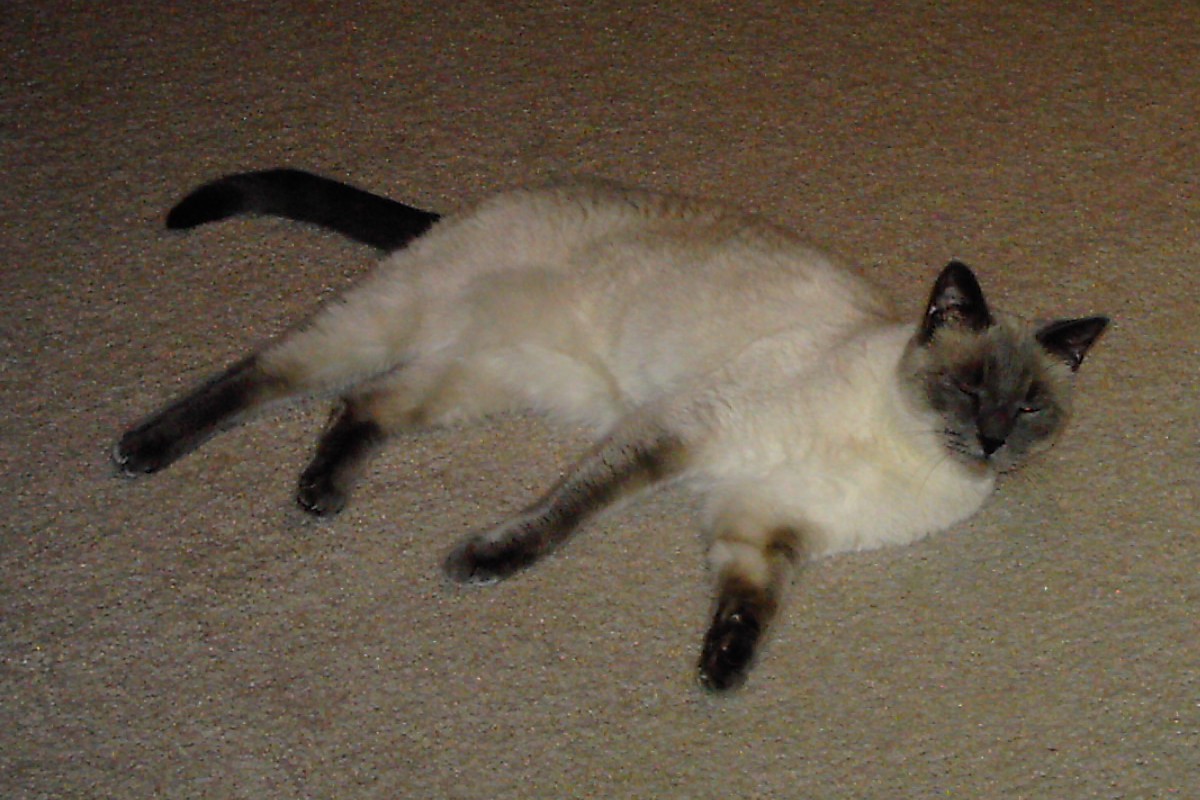
Playful, vocal, and athletic, the tonkinese is an affectionate and energetic breed best suited for active and social families. They thrive on attention and can suffer from separation anxiety when left alone. These cats were specifically bred to be companion animals, making solitude feel unnatural to them.
Their high energy levels mean that anxiety manifests in particularly destructive ways. Without proper outlets, they channel their stress into behaviors that can damage your home, from excessive scratching to knocking items off high surfaces. These cats typically enjoy sharing their home with other kitties and can benefit from the constant company of other household pets, but single-cat households often see the worst of their separation anxiety.
Burmese
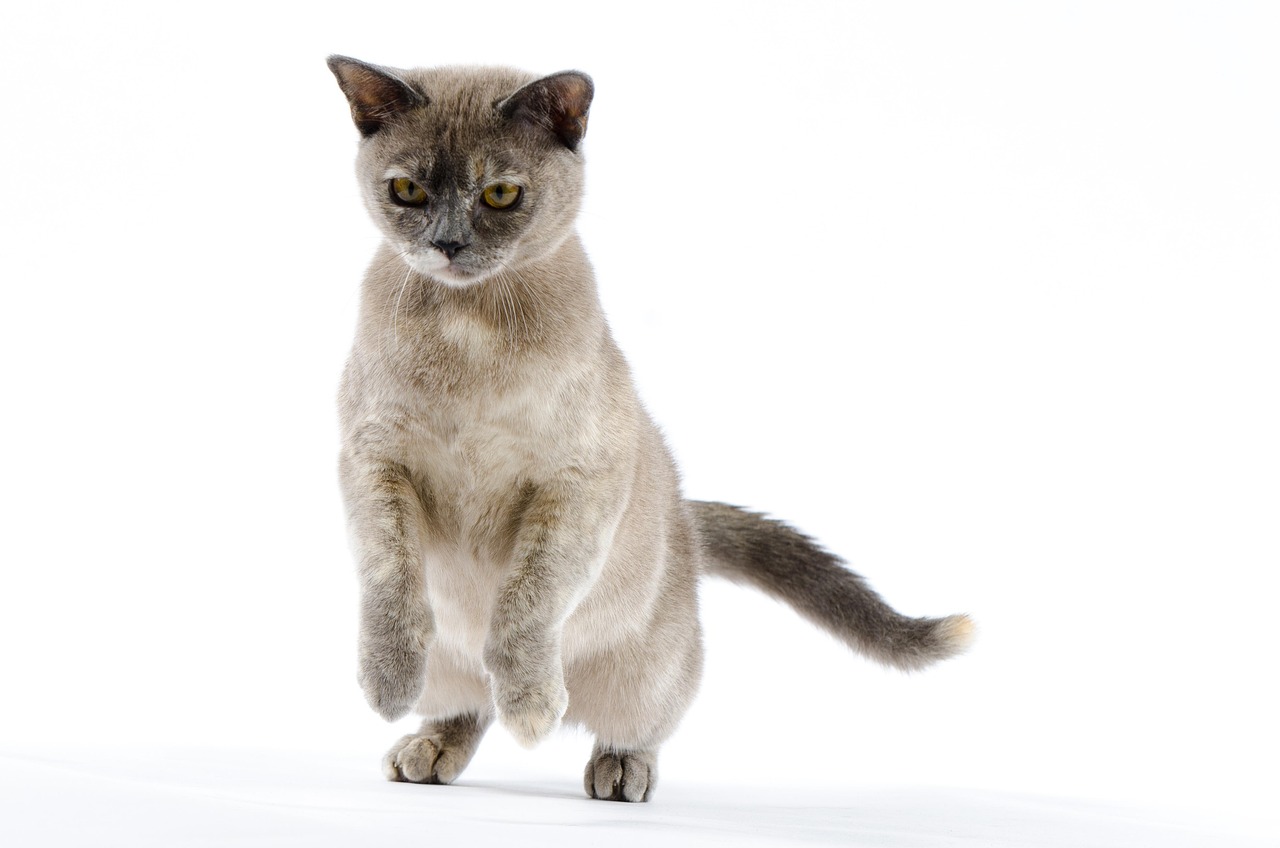
Burmese cats are notorious for their people-focused nature, often described as having dog-like devotion to their families. That’s our term for breeds like … Ragdolls, Burmese, and Tonkinese – cats known for their intense need for human companionship. This intense bonding makes them particularly vulnerable to separation distress.
When left alone, Burmese cats can become destructively creative in their attempts to cope with loneliness. They may engage in excessive vocalization, inappropriate elimination, and furniture destruction. Their intelligence means they often target items with your scent, leading to damaged clothing, bedding, and personal belongings. The combination of their emotional intensity and problem-solving abilities creates a perfect storm for home destruction.
Ragdoll
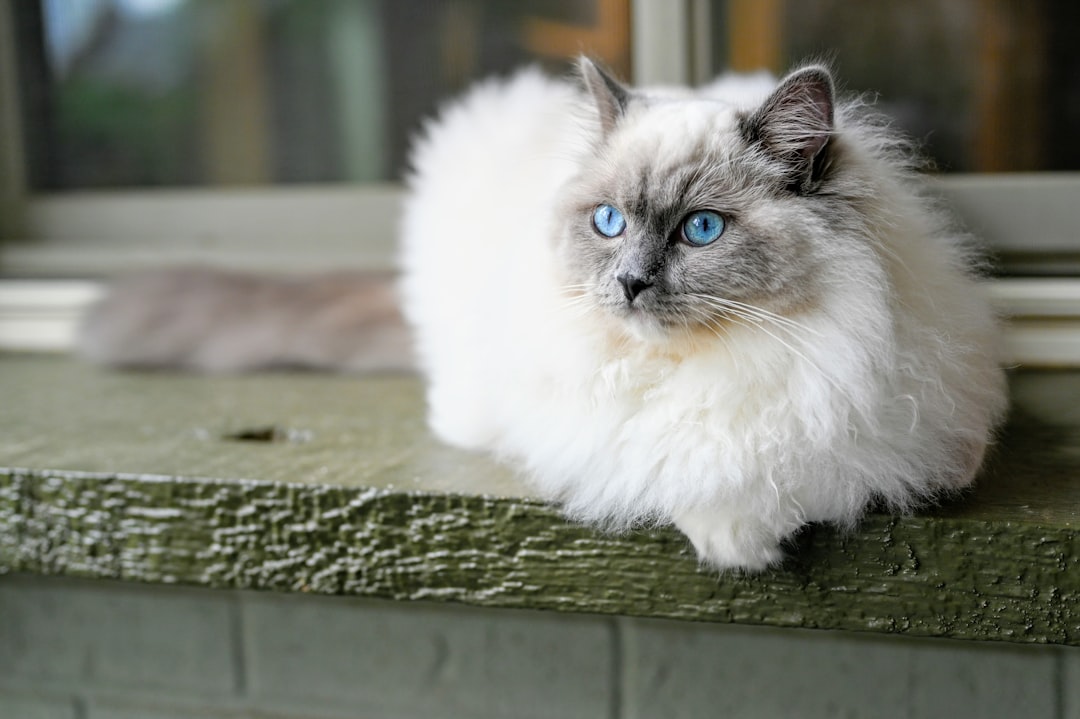
Ragdolls are notoriously demanding and crave your constant companionship. Can Ragdoll cats be left alone, or will your house be a wreck when you get back? Despite their laid-back reputation, these gentle giants can become surprisingly destructive when their emotional needs aren’t met.
A bored Ragdoll is a dangerous thing. Out of sheer ennui, you can expect to find sofas, tables, and chairs scratched, plants destroyed, and cushions scattered (if not torn to pieces) on your return. Their large size means the damage they can inflict is substantial, and their typically docile nature makes the destruction all the more shocking when it occurs.
Oriental Shorthair

Oriental Shorthairs are clever and caring, yet they may become possessive and jealous. Without proper mental stimulation and bonding time, they can develop anxiety and destructive behaviors. Their close relationship to the Siamese means they share many of the same separation anxiety traits.
These cats are particularly prone to becoming obsessive about their owners, making separation feel like betrayal. Their destructive behavior often focuses on items that smell like their favorite person, leading to damaged clothing, bedding, and furniture. Their intelligence allows them to open doors and cabinets, expanding the potential for chaos throughout the home.
Devon Rex
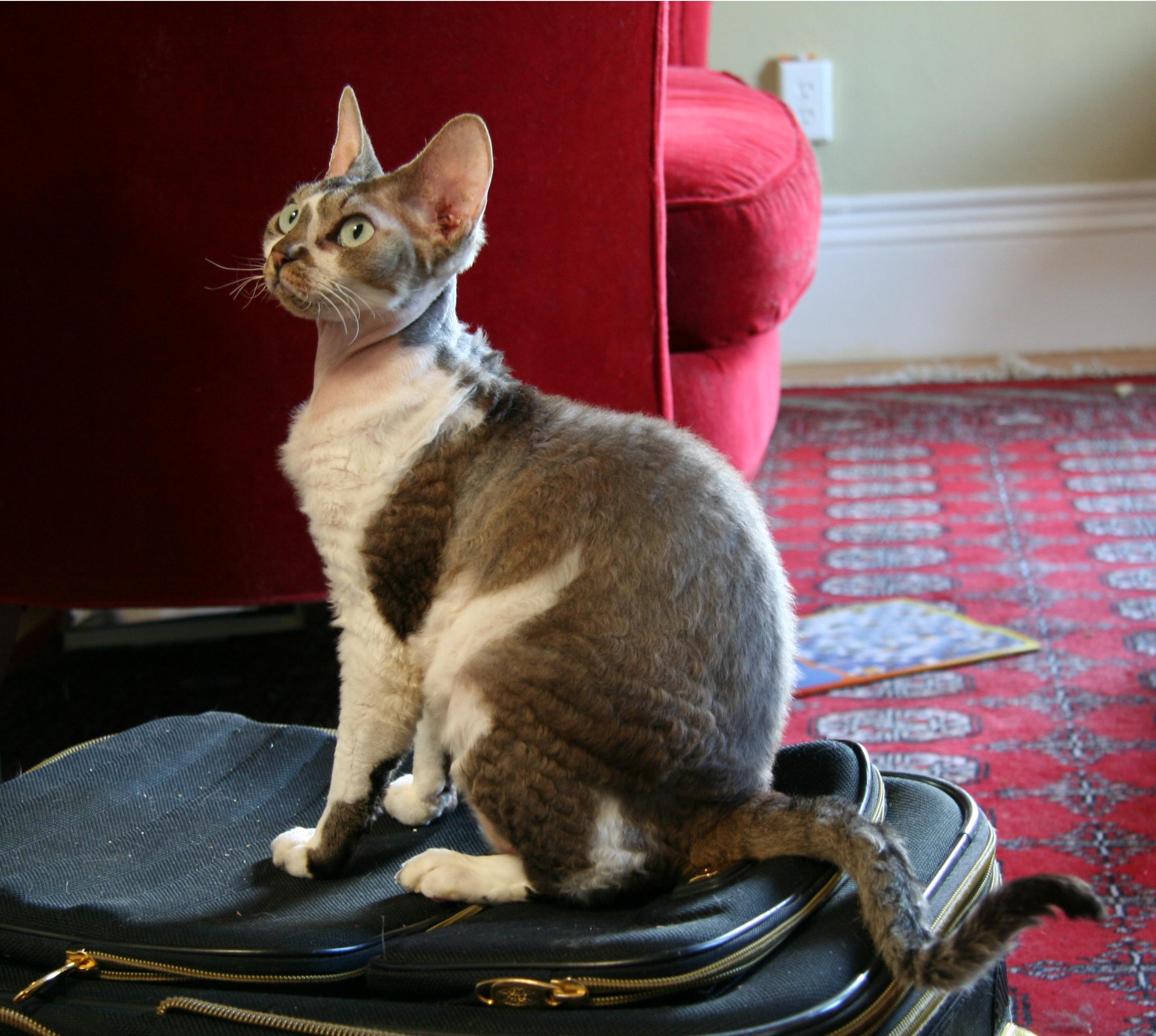
Devon Rex originated in England in 1960 from a suspected naturally occurring mutation resulting in their short but curly coat. These cats have large, pointed ears, a sleek and athletic build, and pronounced cheekbones. They tend to be quite playful and active, traits that work against them when confined alone.
Without consistent social, mental, and physical enrichment, these kitties can become distressed and destructive from boredom. Their high energy levels and curiosity mean they can cause significant damage in a short time. From shredding curtains to knocking over plants, a distressed Devon Rex can transform a peaceful home into a disaster zone.
Sphynx
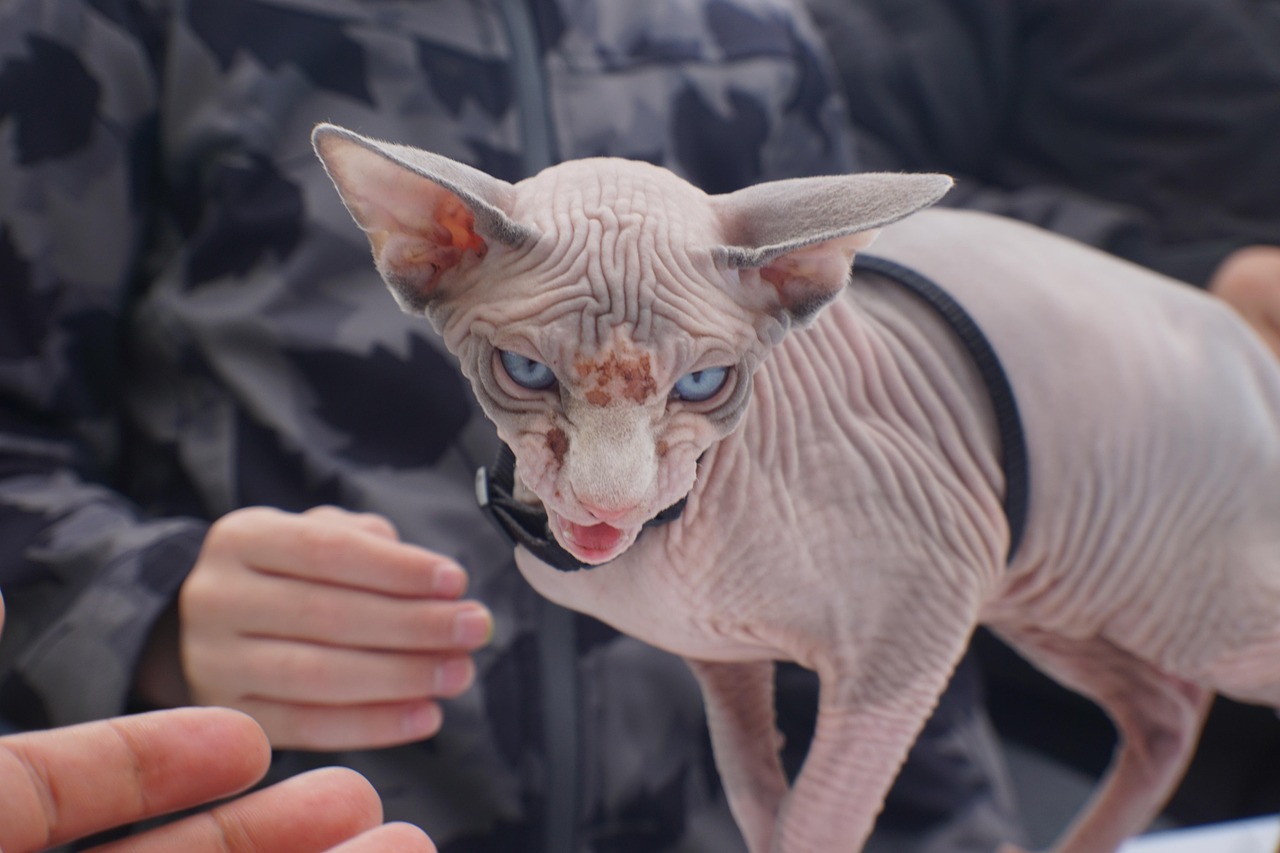
Today, the sphynx is known for being energetic, acrobatic, and playfully mischievous. They thrive on attention and enrichment, and can quickly become distressed and destructive when consistently left alone. Their hairless appearance belies their intense emotional needs and athletic capabilities.
Without their human companions, Sphynx cats can become remarkably destructive, using their acrobatic skills to reach new heights of chaos. They may climb curtains, knock over tall objects, and use their dexterous paws to open containers and create messes. Their need for warmth also drives them to seek out cozy hiding spots, sometimes damaging furniture or belongings in the process.
Abyssinian
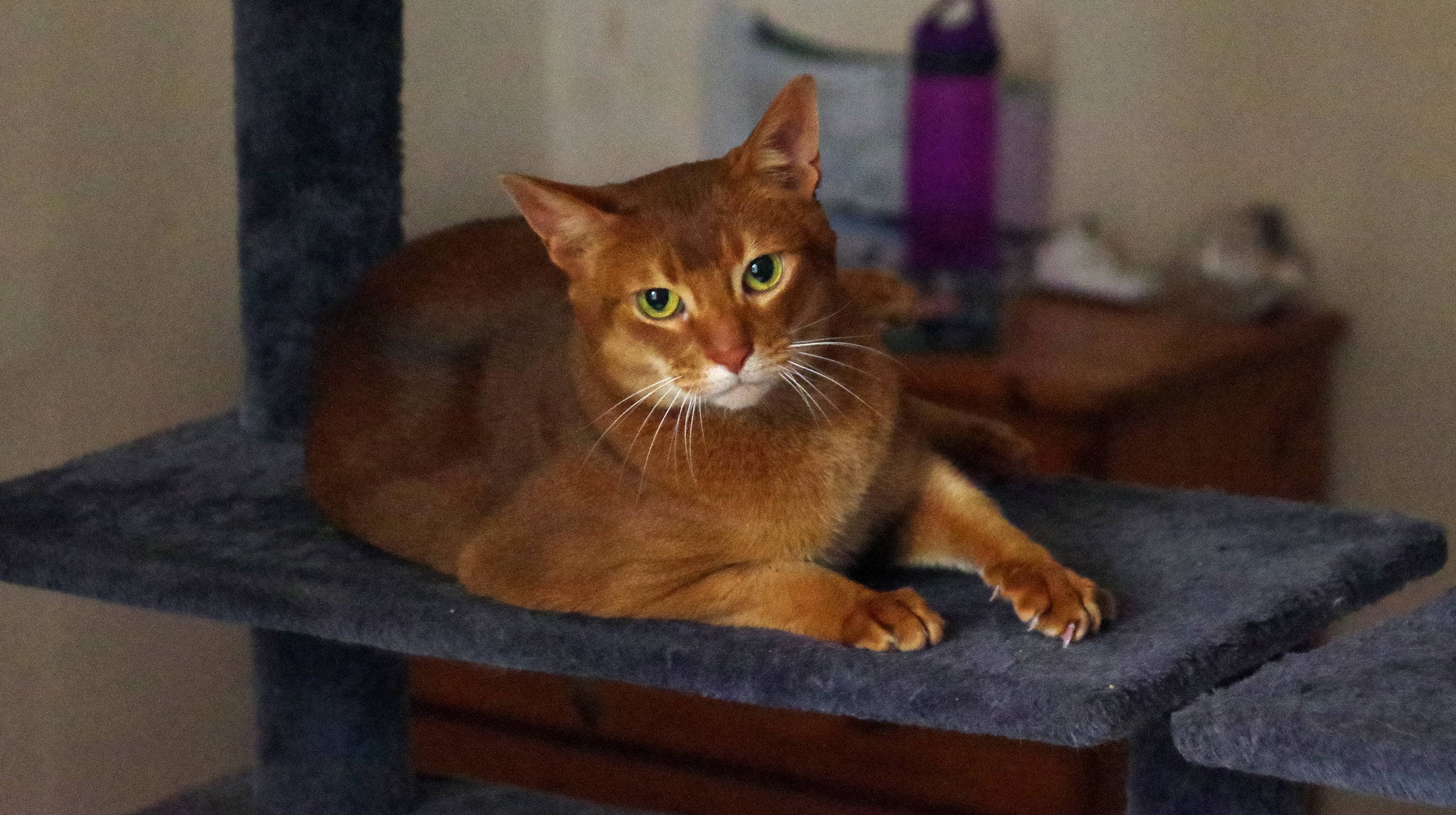
This beautiful cat is playful, curious, and athletic. They aren’t known for being lap cats but rather tend to be more interested in high-energy play and light rough-housing. When this energy has no proper outlet due to isolation, it often manifests as destructive behavior.
Abyssinians are natural climbers and explorers, traits that become problematic when they’re anxious and bored. They may scratch furniture extensively, knock items off shelves, and create general mayhem as they seek stimulation. The Bengal and Abyssinian rank higher than all the other breeds except the somewhat active Siamese, Oriental and Cornish Rex in terms of activity level, making their destructive potential significant.
Scottish Fold
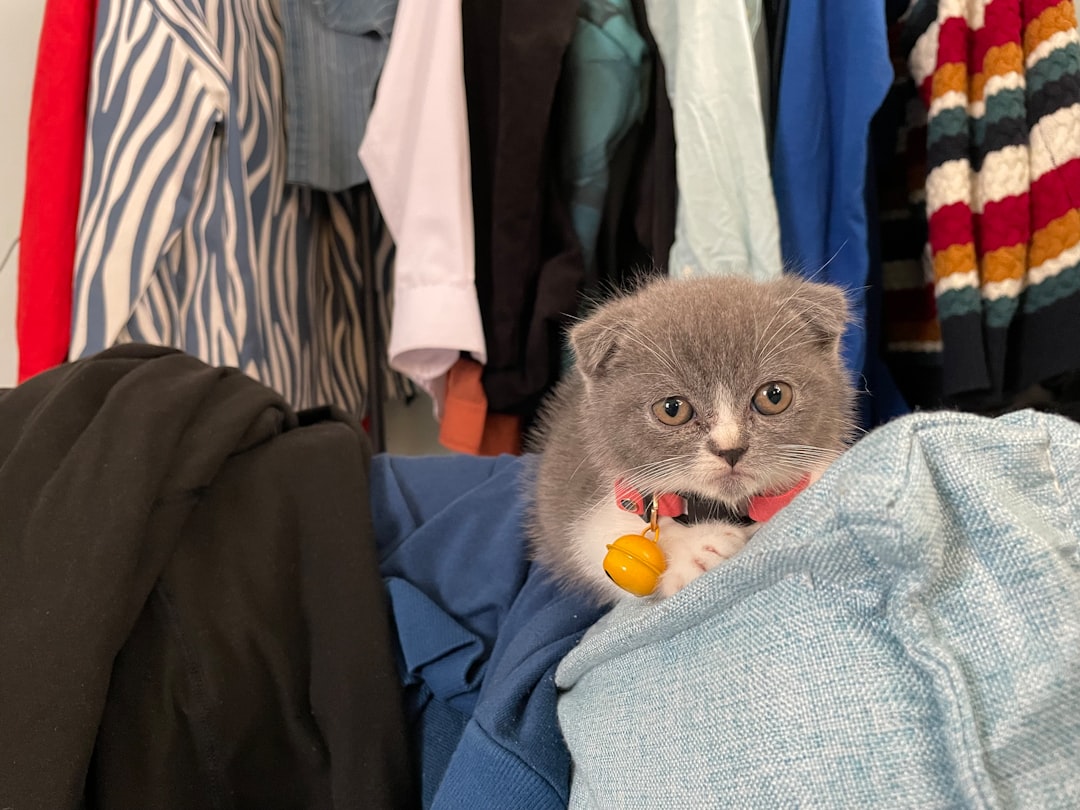
These cats are known for bonding closely with their family and getting along well with other pets, including friendly dogs. They’re less prone to developing separation anxiety when they have other animal companions in the home, but single-pet households often see problems.
When left entirely alone for many hours per day, this breed often becomes destructive from stress. Their typically calm demeanor can give way to surprising destructiveness when their emotional needs aren’t met. The destruction often focuses on comfort items like blankets and cushions, as they seek ways to self-soothe during their owner’s absence.
Persian and Exotic Shorthair

While Persians are often considered calm and sedentary, They tend to bond closely with their immediate family and can be a bit reserved around strangers. Some Persian kitties can become overly cautious and insecure if consistently left alone. They tend to thrive with the assurance and support of their human caregivers.
Like Persians, the exotic shorthair is known for its gentle, docile, and slightly shy personality. These cats typically become deeply attached to their immediate family members. They will often follow their favorite people around. When their security is threatened by prolonged absence, even these typically well-behaved cats can resort to destructive behaviors, particularly inappropriate elimination and furniture scratching as stress responses.
Conclusion

The truth about these clingy breeds is that their destructive behavior isn’t malicious – it’s desperate. Though it might feel personal when you find shredded curtains or a surprise outside the litter box, your cat isn’t acting out of spite. These behaviors actually signal distress, not anger. Cats don’t plot revenge – they’re simply trying to cope with their anxiety in the only ways they know how.
Understanding your cat’s breed-specific needs for companionship can help you make informed decisions about pet ownership and create strategies to minimize separation anxiety. From interactive toys to pet cameras, there are ways to help these devoted breeds cope with alone time.
What do you think about it? Does your cat turn into a furry tornado when left alone? Tell us in the comments about your experiences with these clingy companions.





